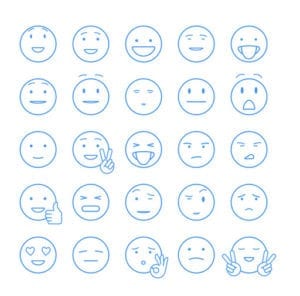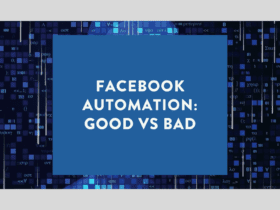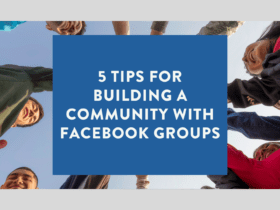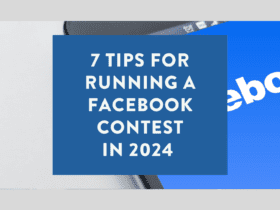It’s been about two years since Facebook Reactions were introduced to the world.
In the first year alone, there were 300 billion shared Facebook Reactions! Apparently, people LOVE using emojis to express their emotions on a topic.
The old way of simply ‘liking’ a post wasn’t exactly the most accurate way to show someone how you feel.
We’ve all seen the posts where a relationship ends and that awkward “[blank] is now single” appears on our timeline.
Liking the post could be construed as a little insensitive?
But, with the power of Facebook Reactions, we can express our love to that person. (or click the XD reaction and still be insensitive – don’t do that!)
 The reactions and how they work
The reactions and how they work
It’s super simple to use Facebook Reactions.
To select the reaction you want, hold down the Like button and the six reactions will appear for you to choose from.
If you are using a desktop or laptop, hover the cursor over the like button to see the Reactions.
You can only choose one reaction per post, but you can change your reaction if you accidentally make the wrong selection.
https://www.youtube.com/watch?v=_eyIuL9oUw8&feature=youtu.be
What makes Facebook Reactions so successful is their ability to be universally understood. But, it wasn’t by some miracle that Reactions proved to be such a hit worldwide. Extensive research and design went into the process of developing the perfect Reactions.
Facebook’s Product Design Director, Geoff Teehan, explains how they created Facebook Reactions. “We looked in aggregate at top stickers and emojis to get signal on what types of “reactions” people were already using on Facebook.”
Facebook also identified the most popular searched works when searching for stickers:
- Happy
- Celebrating
- Laughing
- Angry
- Hug
- Sad
- Confused
- Kiss
- Hearts
Facebook experimented extensively before they had the perfect Reactions.


https://www.youtube.com/watch?v=3AA4fHOEc8E&feature=youtu.be
How are Reactions changing your Facebook feed?
Facebook has confirmed that the way you react to a post changes what you see on your newsfeed.
A reaction is seen as a stronger interaction than a ‘like’ on a post.
A Facebook spokesperson explained, “So we are updating News Feed to weigh reactions a little more than Likes when taking into account how relevant the story is to each person”.
This news isn’t really that shocking, right? But it is interesting to know that Reactions can shape our News Feed.
Although, all reactions are said to have the same relevance. For example, a ‘love’ reaction will not influence your News Feed more than an ‘angry’ reaction would.
Does that mean we could eradicate all negative news from our feed by only reacting positively to all the feel-good-stories, and ignoring everything else?
Perhaps.
Even though a reaction is only a small action that users carry out, brands should be aware of the meaning behind the reactions to help guide their social media success.
What is your go-to Facebook Reaction? What Reaction would you like to see next? We would love to hear from you in the comments.










LET’S CONNECT